Operated By The Navy
Despite being explored for over a century, Antarctica remains as one of the few “unknown” areas on planet Earth, attracting main researchers due to its enormous potential in meteorology, geology and biology.
This scientific value has led to countries establishing research stations on the desolate continent, with Japan setting up “Showa Base” in 1957. Ever since, Japan has been sending expedition teams along with supplies to the remote base on a regular basis, and this voyage is currently conducted by the Antarctic icebreaker “Shirase.”
- General Overview
| Displacement | 12,650 tons (standard) |
| Length | 138m (452.7ft) |
| Beam | 28m (91.9ft) |
| Crew | 179 members + 80 researchers |
| Speed | 19.5 knots (36km/h, 22.4mph) |
| Range | 40,000km/24,800miles |
| Cargo Capacity | 1,100 tons |
| Aircraft | Two Large Helicopters One Small Helicopter |
| Cost | 370 million USD |
Being the fourth ship tasked with such mission, Shirase is an icebreaker designed to navigate the ice-covered waters surrounding Antarctica. Except for a few sightseeing ships, Shirase is Japan’s only icebreaker at moment and is capable of breaking the thick ocean ice using its robust hull and curved bow.
In an attempt to reduce friction, the ship is also equipped with a sprinkler that sprays seawater, and sonar devices scan the mysterious ocean floor for any dangers.
The vessel was named after the first Japanese Antarctic explorer, Lieutenant Shirase, while inheriting the exact same name from its predecessor ship – the third Antarctic icebreaker that served from 1982 to 2008.
Although most people assume the Antarctic icebreakers to be operated by the Ministry of Environment or the Japan Coast Guard (JCG), Shirase actually belongs to the Navy (JMSDF).
Initial icebreakers were in fact operated by the JCG until 1962, but the long journey to Antarctica was too much of a burden for an organization focusing on coastal security. Meanwhile, the JMSDF was seeking to improve its public image which resulted in the Antarctic voyage being transferred from the Coast Guard to the Navy in 1965.
In this manner, the transportation of personnel and equipment to Antarctica became the JMSDF’s job, and Yokosuka Base (Kanagawa Prefecture) is designated as the current Shirase’s home port.
As a JMSDF vessel, the crew members are all navy personnel with some ten or so 9mm pistols and Type 64 rifles on board for anti-piracy/anti-terrorism measures.
Equipment Reflecting Harsh Lessons
To provide airlift capabilities, two large helicopters and one small helicopter is also on board the Shirase. These reflect the bleak lessons from the “Taro-Jiro Tragedy” where the expedition team had to leave behind fifteen dog-sledding dogs due to inclement weather and insufficient helicopter capacity.
Among the fifteen dogs, Taro and Jiro miraculously survived and was found by a team sent approximately a year later, but the death of thirteen companions haunted subsequent expeditions.
Consequently, helicopters further on were required to be capable of withstanding adverse weather and possessing adequate transport capabilities.
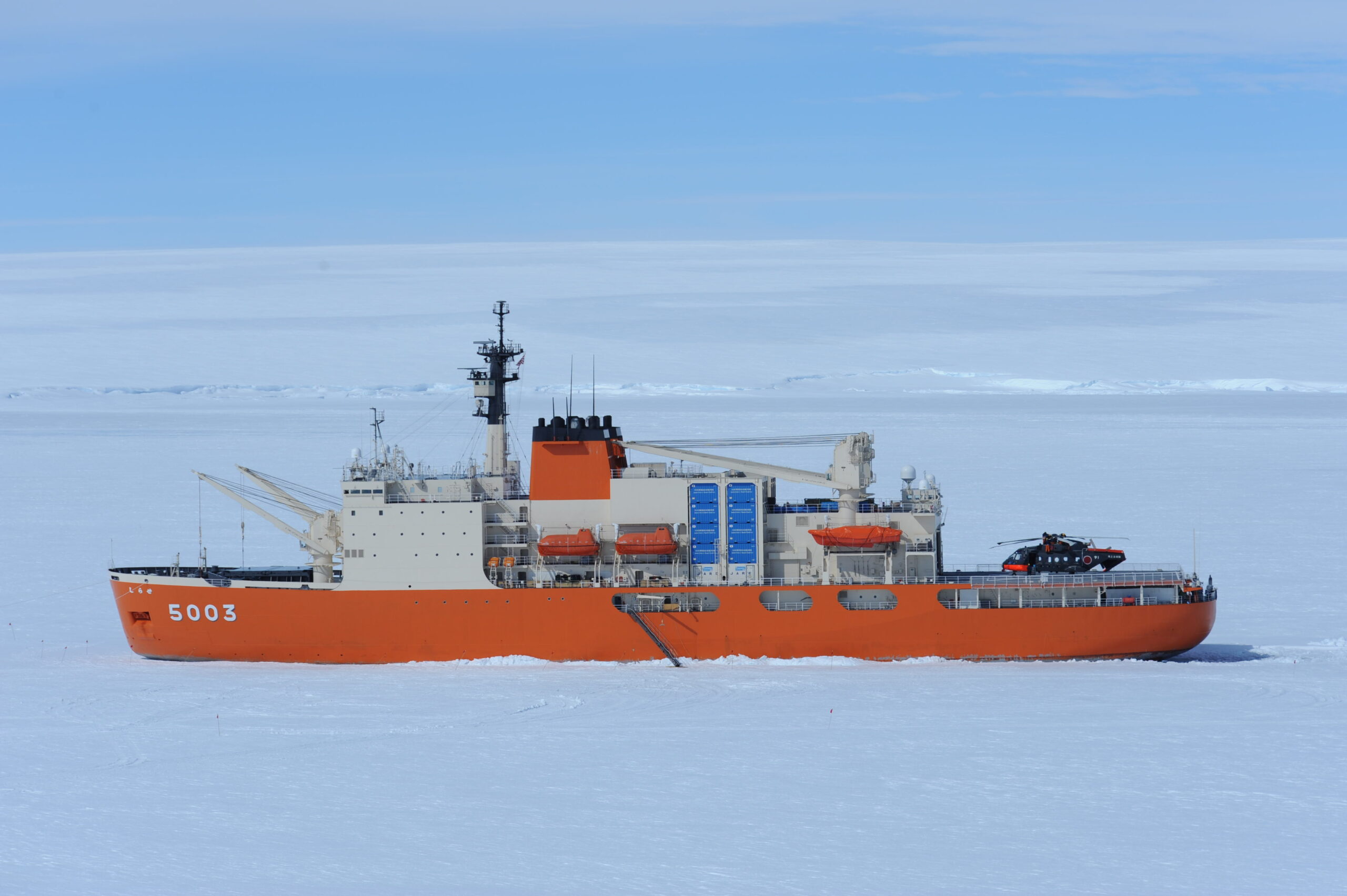 A large helicopter can be seen on the rear deck (photo: JMSDF)
A large helicopter can be seen on the rear deck (photo: JMSDF)
The current Shirase has an increased cargo capacity of nearly 100 tons compared to the previous Shirase, while new features were installed to alleviate seasickness caused by the violent waves of Antarctica.
Medical and dental staff accompany the expedition team to ensure their health, but perhaps the most important effort to improve living conditions is serving good food on the ship.
Besides submarines, Shirase is known for the prioritized allocation of quality ingredients and its excellent meals as a result. Such efforts are intended to somewhat improve the comfortableness of the long voyage that lasts from November to April on a typical schedule.
Previous Ships On Display
As Shirase works as the fourth generation icebreaker, the retired previous vessels can be seen on display as a museum. Each icebreaker has its own unique history and is worth visiting if one has the opportunity.
| Gen. | Ship | Location |
| 1st | Souya (1956-1962) |
Museum of Maritime Science, Tokyo |
| 2nd | Fuji (1965-1984) |
Nagoya Port, Aichi |
| 3rd | Shirase (1982-2008) |
Funahashi Port, Chiba |
After all, It isn’t every day where you get to explore a former icebreaker that made the frequent journeys to Antarctica.

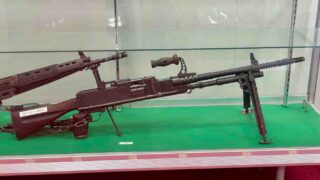
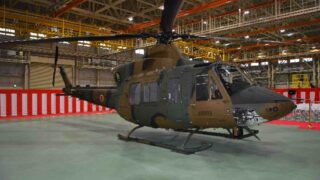
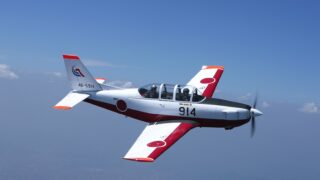
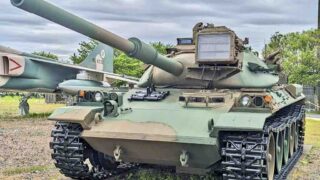

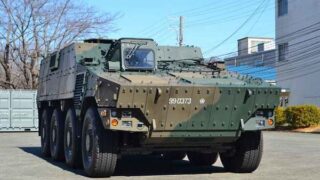
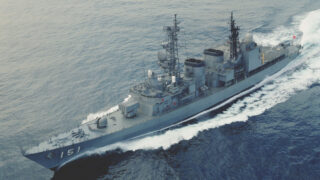
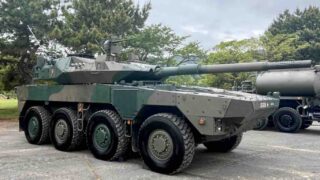


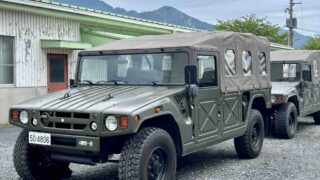
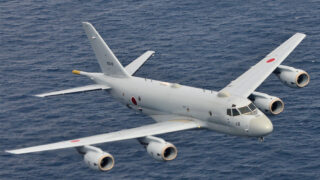

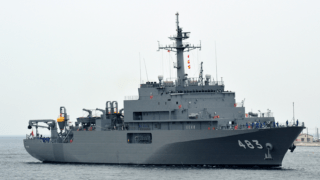
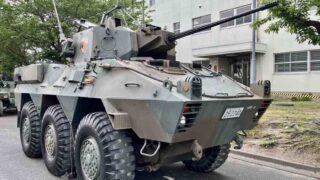
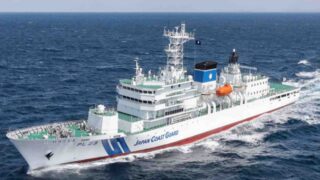
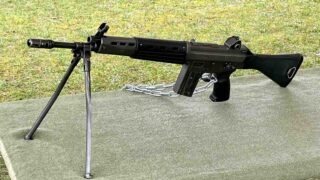

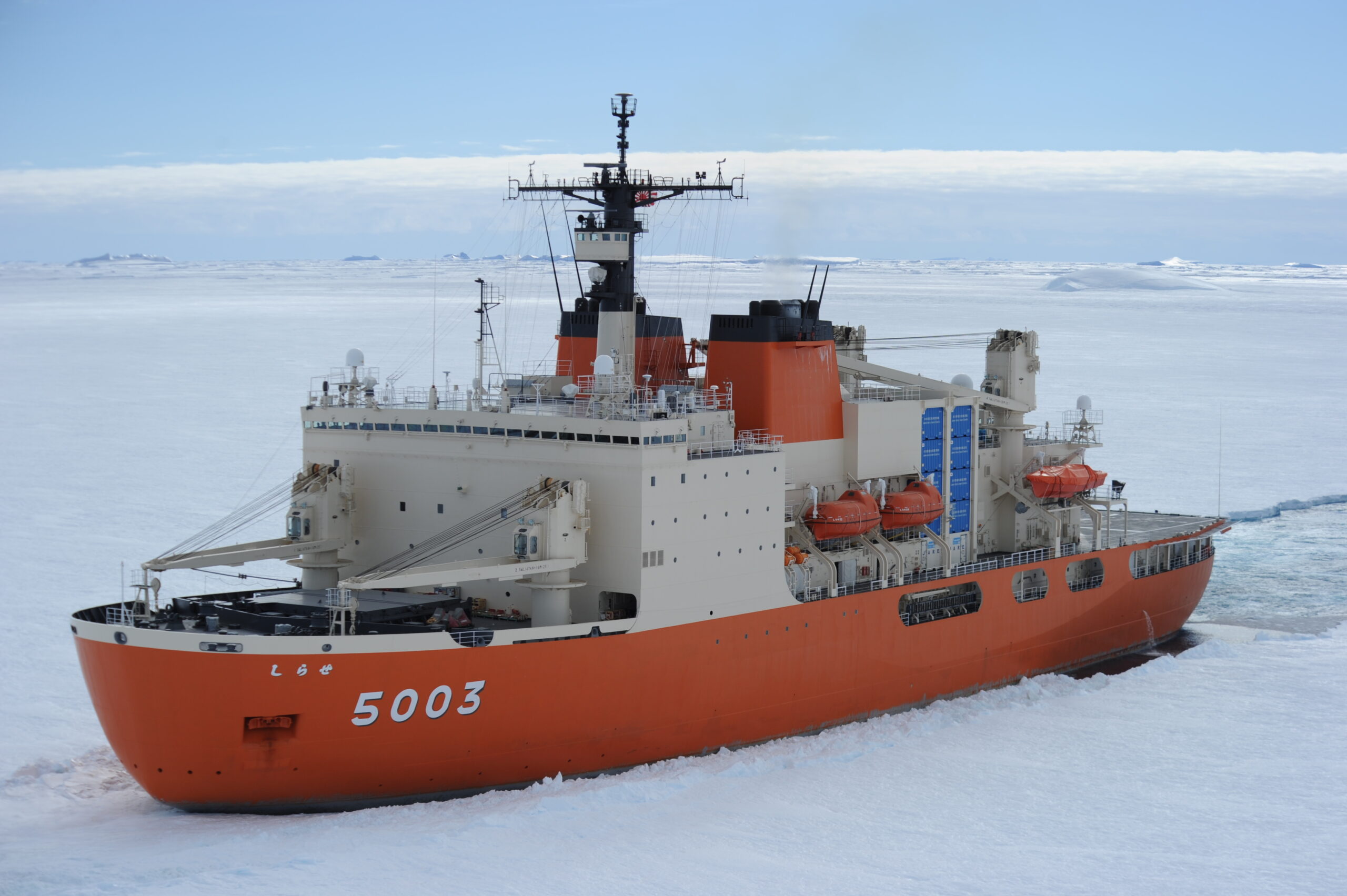
Comments